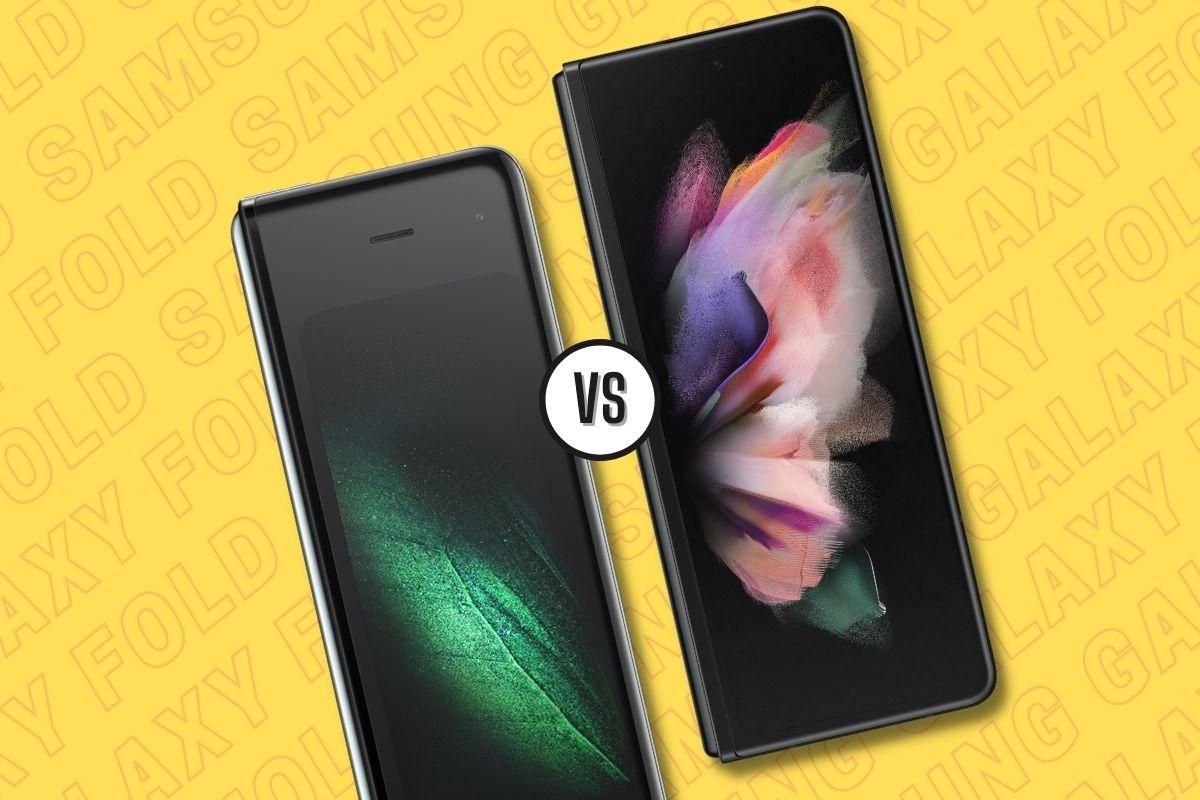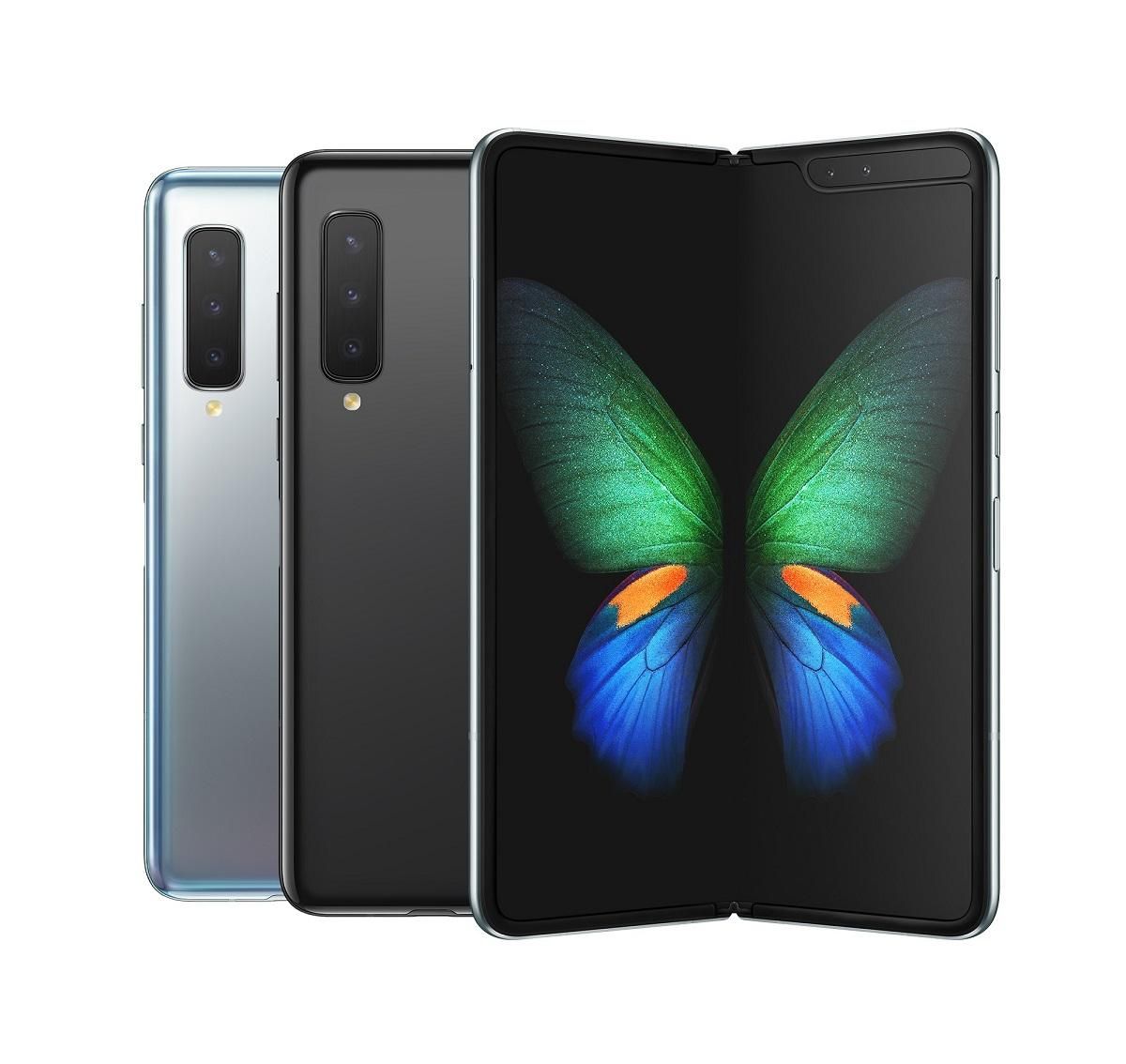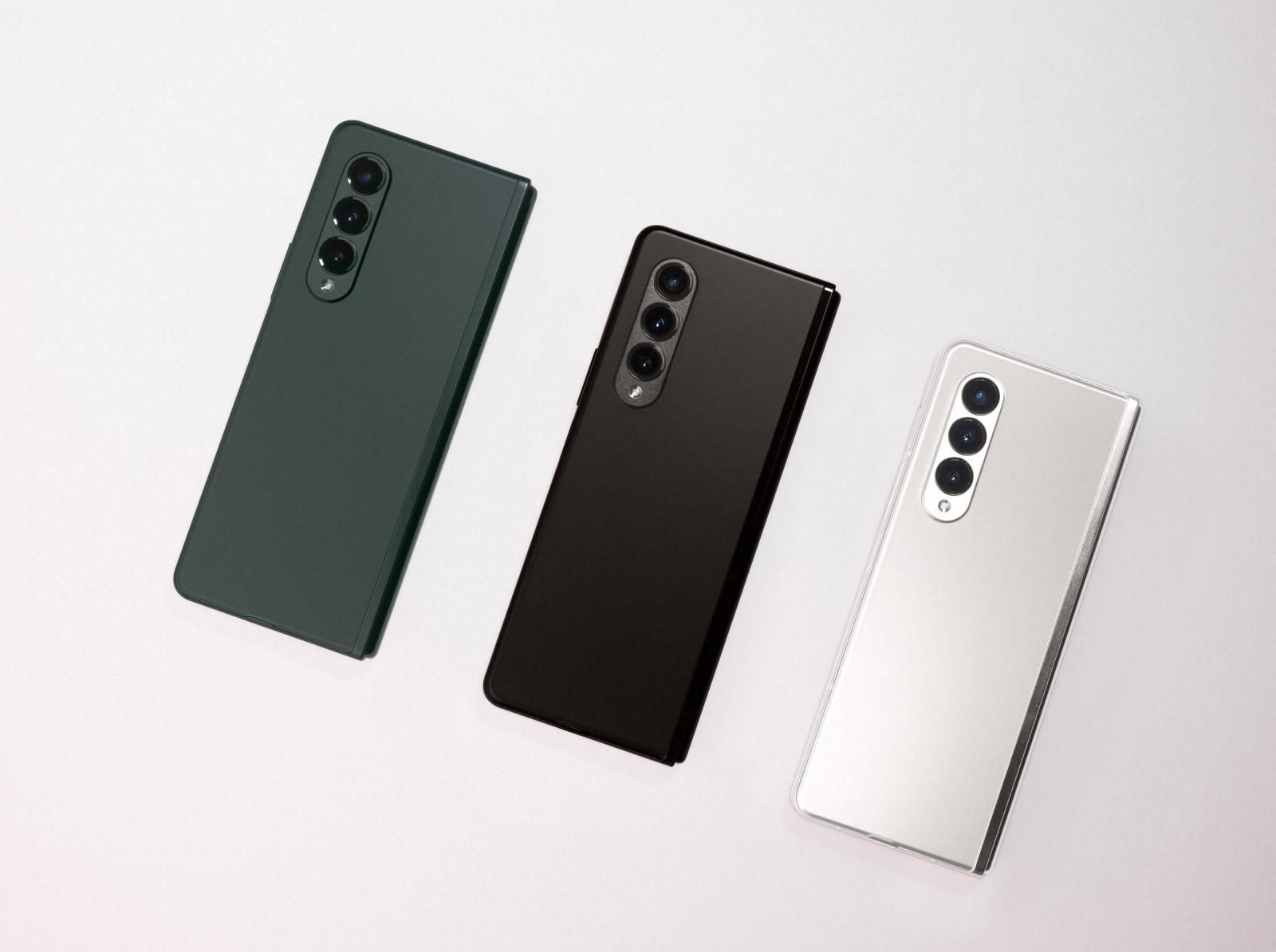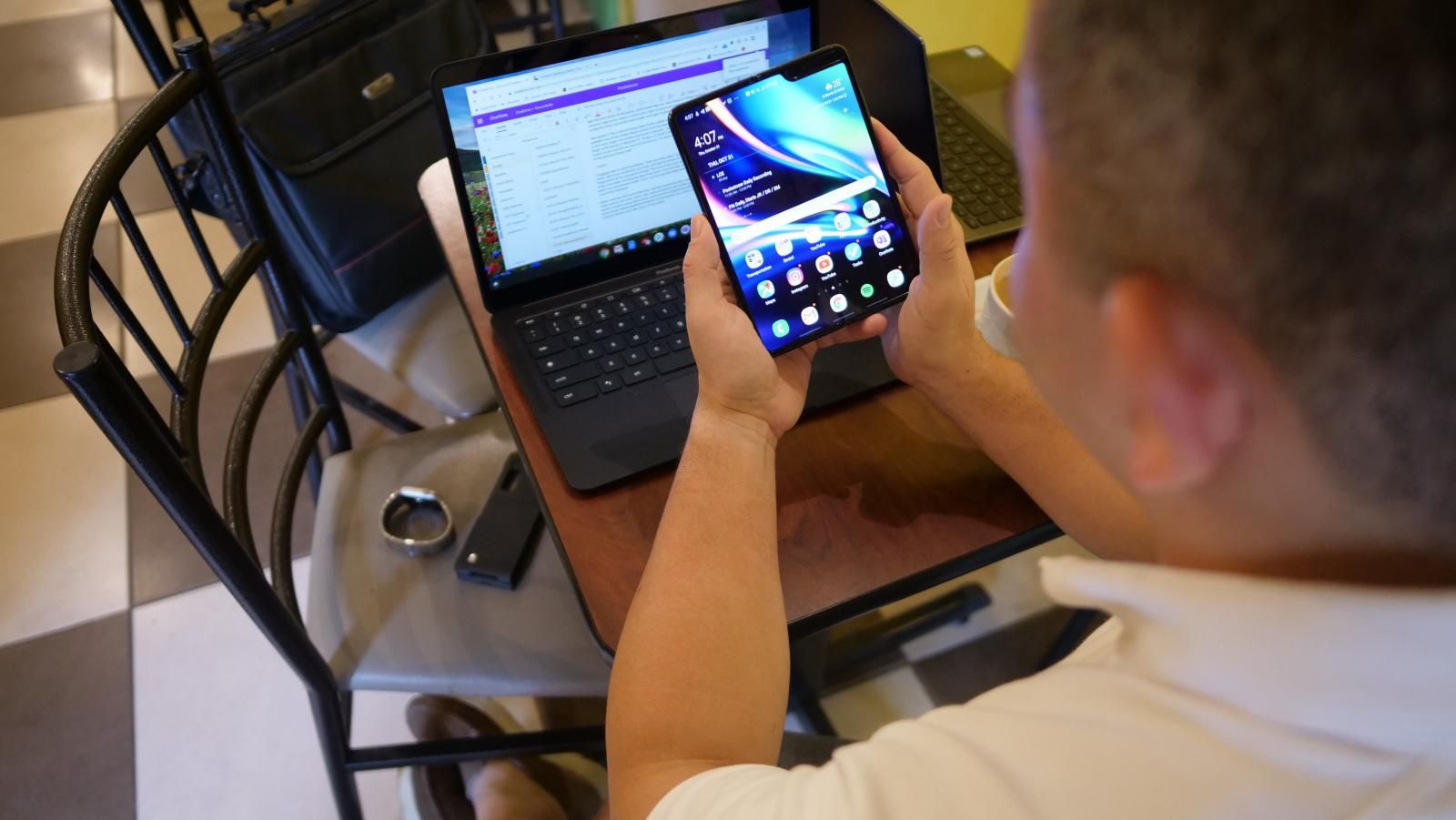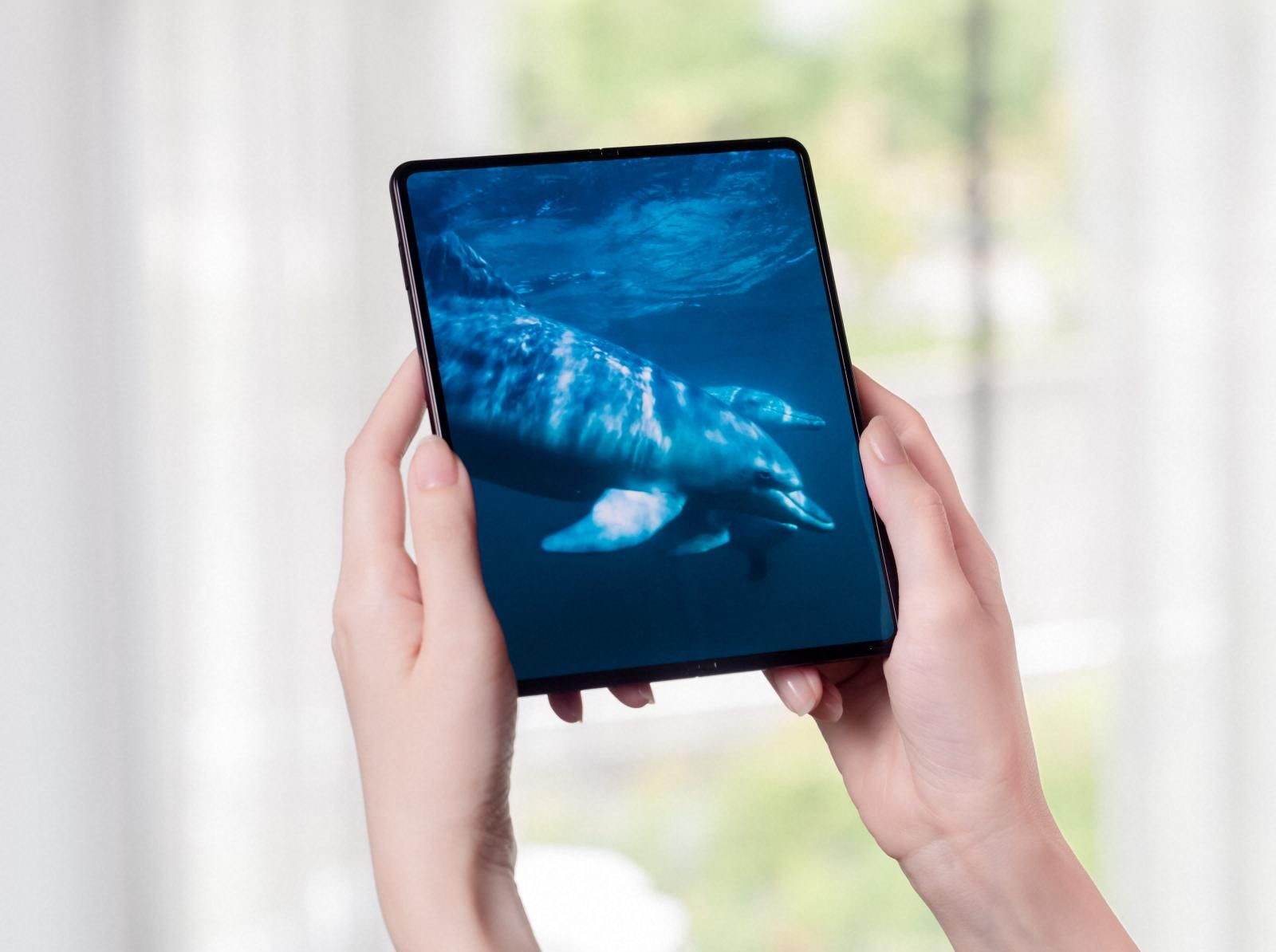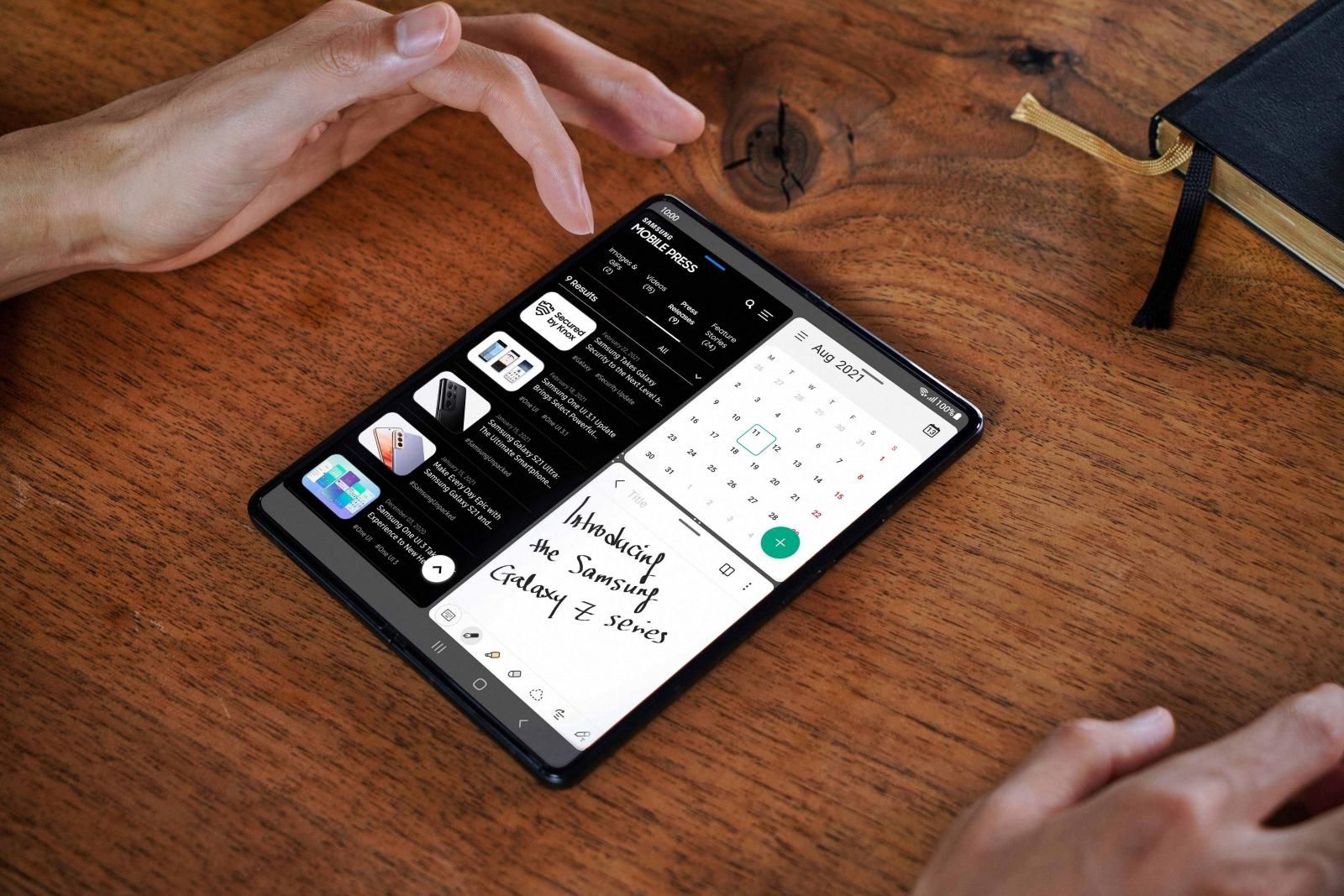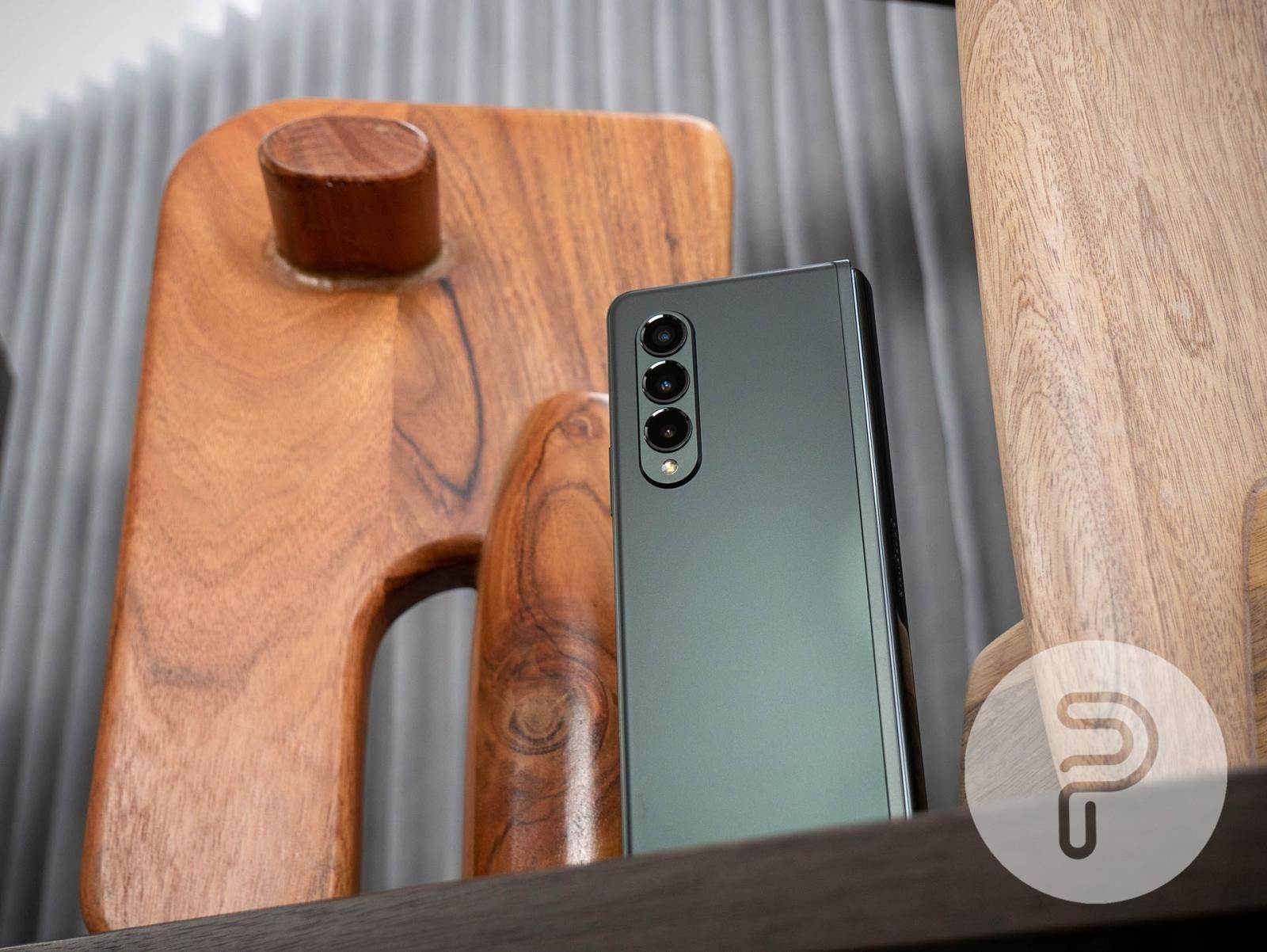Announced at Samsung Unpacked last month, the Galaxy Z Fold 3 is arguably the most robust device from the Koren OEM’s Fold lineup, which first started shipping in 2019. If you have held onto the first model or held off on making a purchase, in this article, we will be comparing the first iteration and the newest to highlight the differences and advancements Samsung’s made in the last two years.
Before digging into the details, the Galaxy Z Fold 3 is not the only device that is a culmination of significant upgrades over the years. The Z Flip 3, which folds horizontally, is also more durable than ever before and starts at $999, compared to the $1799 of the Z Fold 3 and $1980 charged for Galaxy Fold. If Z Flip 3 interests you, make sure to read our summary to learn more about it, and then check out some of our recommended case options and the best deals available for it.
To add a little more context, I sent over some questions to Pocketnow’s Jaime Rivera and got hold of some of his thoughts on how far Samsung has come as well, so please look forward to those points throughout this read.
Design: Z Fold 3 is more comfortable and protected than Galaxy Fold
Now, while the core concept of Samsung’s Fold lineup has remained unchanged over the last two years, visually, the device has changed quite a bit. The new Z Fold 3 is more compact than Galaxy Fold. And every iteration since the first has become better at utilizing the available real estate, primarily visible with the Cover Display. You should also note that all of this has happened while improving overall durability.
The Galaxy Fold’s folding glass sandwich design was available in two glossy finishes, Space Silver and Cosmos Black, with significant curves to its rear glass panels and sides. These became a bit more squarish with the Z Fold 2 to point where some called it uncomfortable, and Samsung continued with that on Z Fold 3 but improved it to become a lot easier to hold while upping the comfort with soft curves. Also, Samsung replaced the glossy colorways with matte ones that look and feel much better.
But that’s just about the look and feel, a factor different with every smartphone available on the market. With folding phones, another point of contention which one should focus on is the hinge design, and this is where Samsung’s iterative steps have brought significant improvement.
Jaime described the original Galaxy Fold to me as being difficult to open and use and did point out that as time passed, many hinges had started to make crackling sounds meaning something had gotten into that cavity.
When you pay nearly two thousand dollars for a device, that is not reassuring. With Galaxy Z Fold 3, Samsung’s hinge features a cam design and brushes. The former enables the use of Flex Mode. While the latter ensures the device does its best to keep dust and other small particles away from ruining hinge functionality, a durability improvement per se. And speaking of durability, two years in, water resistance, which has been famously missing from folding phones, also makes its way to Galaxy Z Fold 3, with an IPX8 rating.
If you’re wondering where I talk about the screens, the section next up will cover just that.
Display: See More and Do More
The whole story surrounding folding phones has been about getting quick tasks done outside and then unfolding when ready to get into the weeds of your work.
With the Galaxy Fold, the outer display was a glass-covered narrow 4.6-inch panel. Inside, you had access to an expansive 7.3-inch AMOLED panel, which unfortunately was interrupted by an array of cameras that quite possibly didn’t have much use other than video calling.
With the Z Fold 2, the outer display became a much-improved affair. The 4.6-inch panel underwent a redesign to become a massive 6.2-inch unit that stretched from edge to edge. On the Z Fold 3, this component became one that supported an Adaptive Refresh Rate up to 120Hz.
Yes, the 21:9 aspect ratio is present, which means the screen is quite tall, but it is now wide enough to use as a normal phone. Making the Z Fold a good phone, something the original couldn’t boast off. On the inside, the Z Fold 3 features a 7.6-inch 120Hz panel bolstered by UTG (ultra-thin glass), support for S-Pen, a new PET film, and an Under Display Camera.
With the original Fold, the inner screen was mushy; On Z Fold 2, Samsung added UTG, but the preinstalled protector was a fingerprint magnet and quite rubbery, which detracted from the user experience for some but with Z Fold 3, the display is better than ever before.
The screen protectors on the Fold Series have often been a sore point for many. Having had a chance to use every version, I can say the new version feels like the protectors you use on any other phone. When I asked Jaime, he said it’s become so good that he decided not to remove the one on his unit, something he couldn’t say for the first two generations.
So with Z Fold 3, users can now see more than before because of the large cover screen and expansive inner display made possible due to UDC and the obvious lack of the front camera array from Galaxy Fold. The compatibility with S Pen and the variety of software features mean there now exist numerous usage scenarios.
Performance: The Galaxy Fold Series has never broken a sweat
Performance is an aspect that the Galaxy Fold Series has never struggled with; the first generation featured Qualcomm’s Snapdragon 855, while the third uses the Snapdragon 888. Both flagship chipsets have always had 12GB of RAM to support applications. And as for internal storage, while the original Fold shipped with 512GB as standard, the newer generation does start at 256GB, with neither having any scope for expandable memory.
To use the power present in these devices, Samsung’s OneUI features a multitasking mode that allows you to have three applications open on the screen at once.
Battery
With these devices having to support two displays, the capability of the batteries is going to be a point to keep in mind. The original Galaxy Fold shipped with a 4380mAh battery on its LTE version and a 4235mAh unit for the 5G compatible variant. With Galaxy Z Fold 3, the number is up to 4400mAh, sadly, a downgrade from last year’s Z Fold 2, which had a 4500mAh cell.
When I asked Jaime about this, he mentioned in the video review he made for the first Galaxy Fold, which said that he was shocked at how it lasted him through an entire day, making its endurance one of his favorite things about the foldable. With the Z Fold 3, Samsung now does have power a larger and brighter cover and inner display, both of which also refresh at 120Hz, but from what we know of it, a day’s use should not be that big of a task.
Software Experience
Do you remember back when 21:9 displays were coming in, or the iPhone no longer was a small display and instead extended from edge to edge? The scaling issues we faced back then, while a lot better now, still exist and crop up once in a while.
And the software on Galaxy Fold devices is sometimes susceptible to this. Three generations in Samsung seem to have solidified their take on how they plan to use the big screen presented by the Fold. Jaime described to me a scenario where Samsung’s inbuilt apps worked flawlessly with every little feature the Fold had to offer, but third-party applications, even those from Google, and things sometimes went haywire. He talked about a specific instance with the Google Calendar app, which he had open in multi-window. Where trying to create an event pushed the data entry box off the interactable area.
He also mentioned how some applications would restart and not follow Continuity guidelines when switching from one display to the other; although the rate at which Samsung is improving its iterations and the demand we have seen for the foldable phones this year, means the form factor, while in a decent place now, is only set to see improvements coming as time passes.
Camera Optics
Over here, let’s focus on the specifications Samsung packs into the foldable phones. The Galaxy Fold featured a six-sensor setup where the rear cameras resembled those present on the S10, whereas the Z Fold 3 shares its array with last year’s Z Fold 2, which was effectively a spin-off of the S20 Series.
The Galaxy Fold’s setup included three front-facing cameras, a 10MP sensor on the cover display, another 10MP unit on the inner display, beside which was an 8MP Depth Sensor. On the rear, you could find a 12MP Wide, 12MP Telephoto, and 16MP Ultra-wide.
With Z Fold 3, the cover display and inner display both have a front-facing sensor a-piece, but if you intend to click pictures, the one on the cover display must be your go-to as its a 10MP sensor, while the inner front-facing sensor is a 4MP one under the display’s layers. And on the back is a triple-camera array consisting of 12MP Wide, 12MP Telephoto, and 12MP Ultra-wide sensors.
So two years on, what does the foldable world look like?
To sum it up, in the period from September 2019 to August 2021, the Fold, which started as an okay phone and tablet, is now a good phone with an equally good tablet experience. You might have heard the notion that “third time’s the charm.” So if you’ve been waiting on picking up a foldable, the Z Fold 3 is the phone to get. As it gets the fundamentals of a traditional smartphone correct and expands to give you that bigger canvas you might have found yourself wished for.
Yes, Samsung has a path forward with improving software hiccups, and Android as a platform can still do with work on its tablet interface, but foldables are now useable, and we’re excited to see what the future holds.
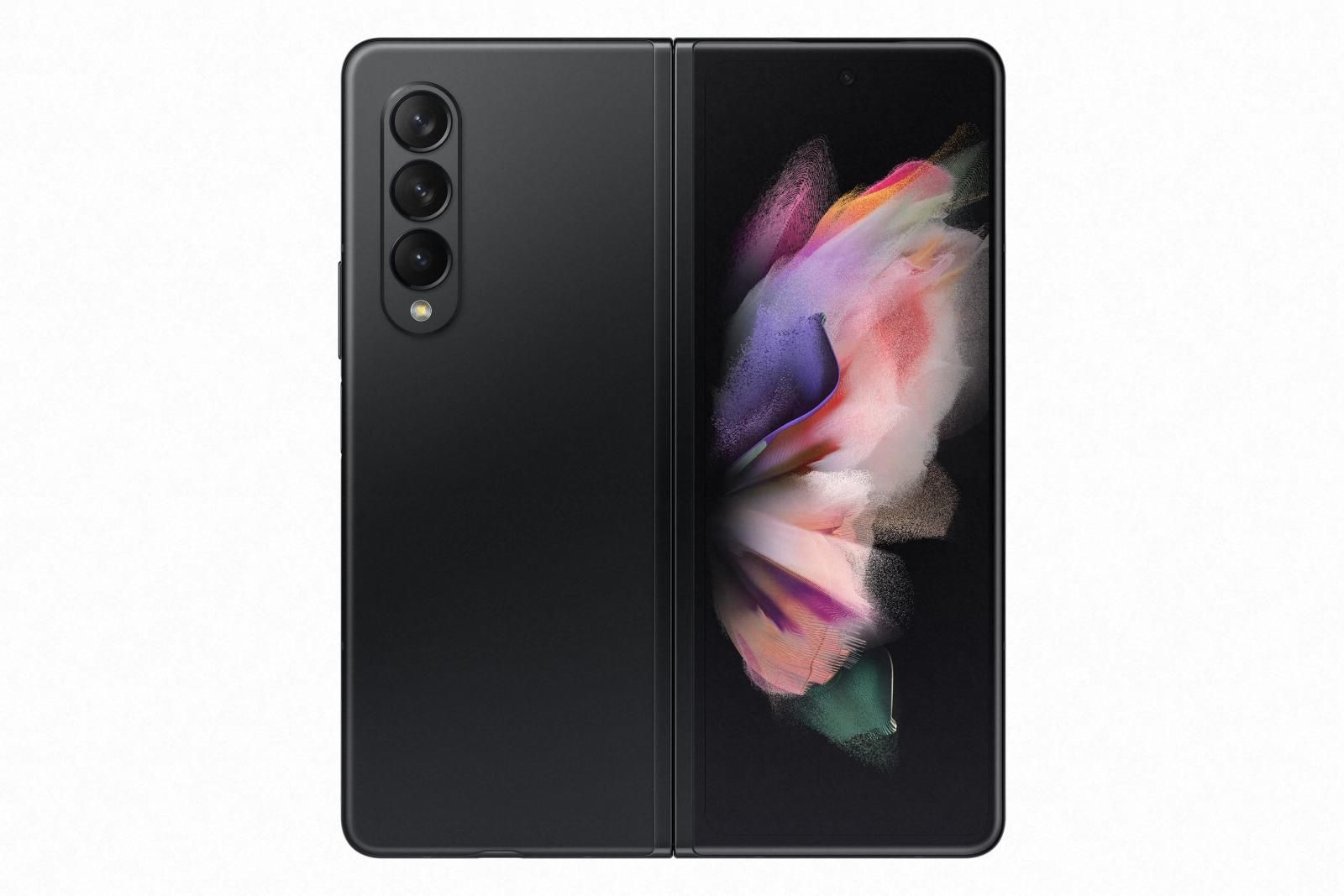
Samsung Galaxy Z Fold 3
The Z Fold 3 is the culmination of Samsung's iterative progress since 2019. If you've been eyeing folding phones for a while now, this phone is one that can pose as the gateway into the new segment.

